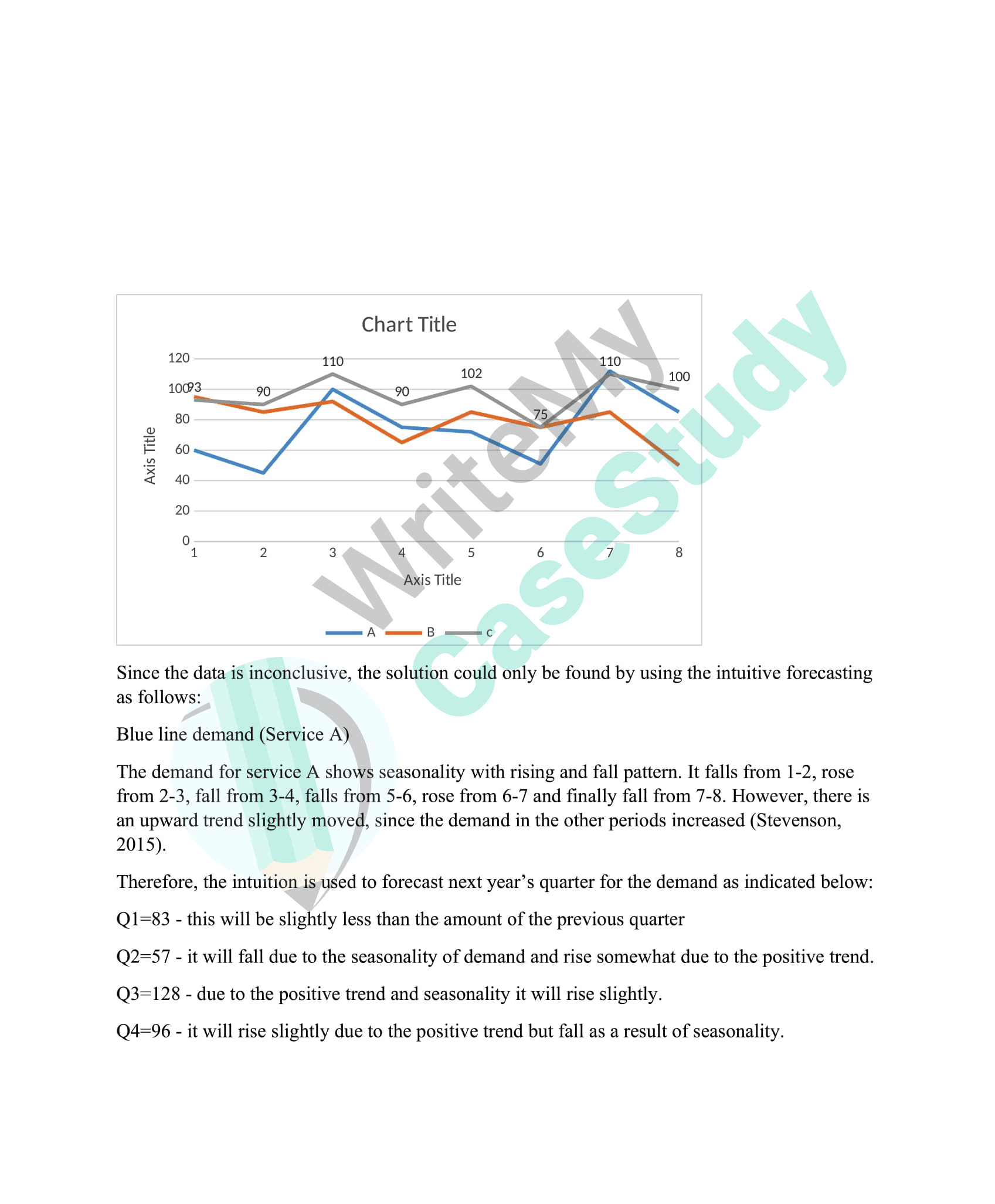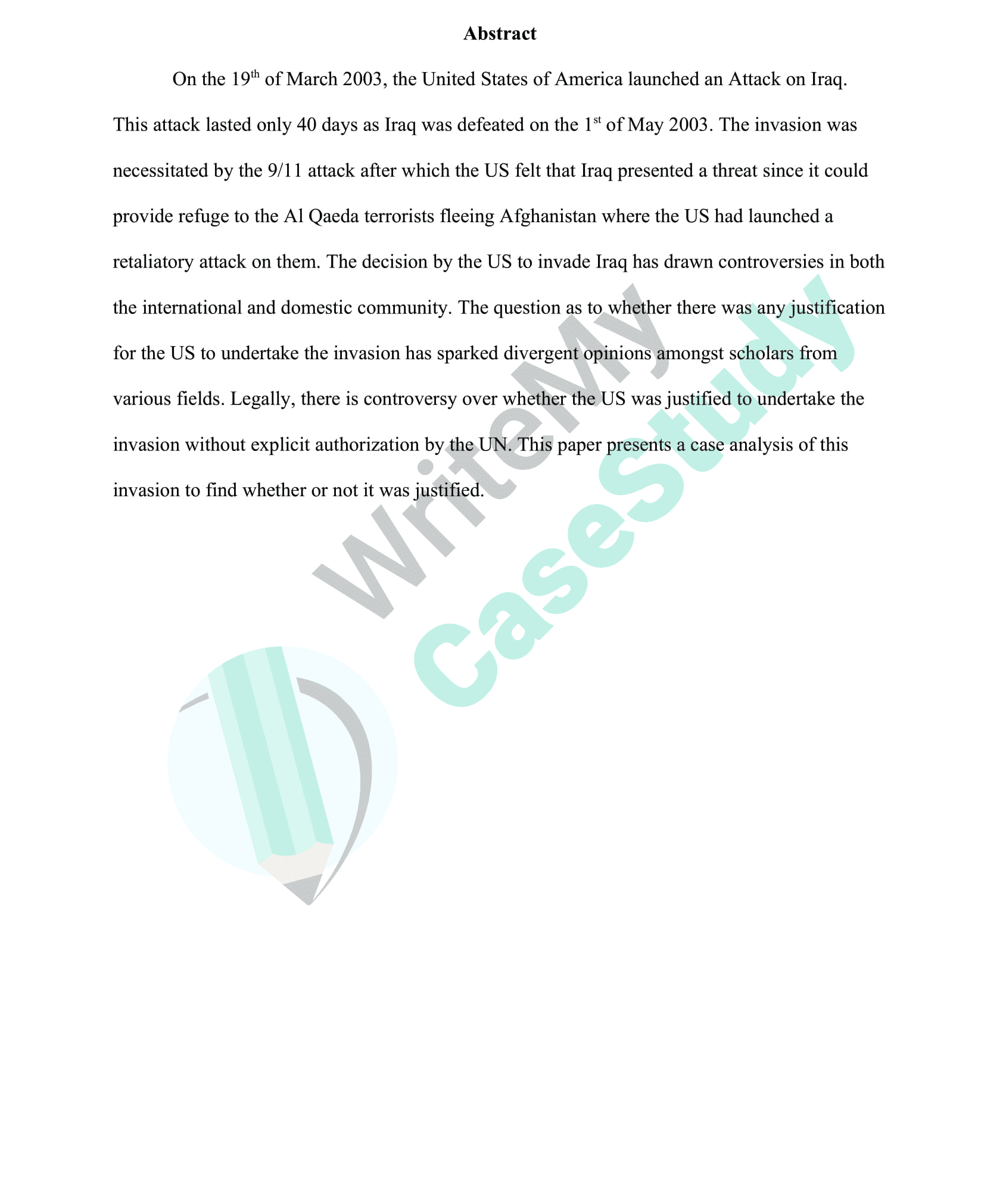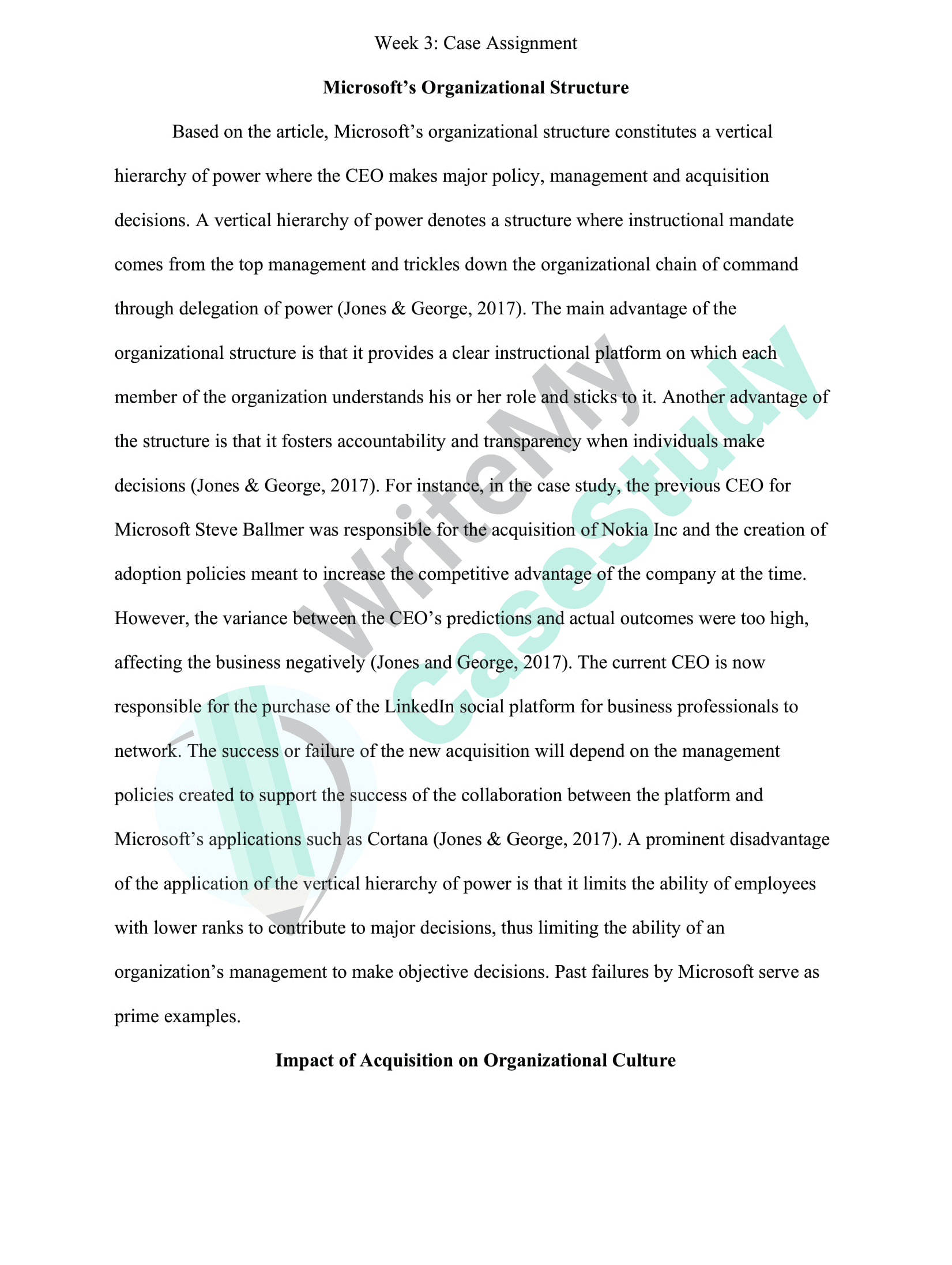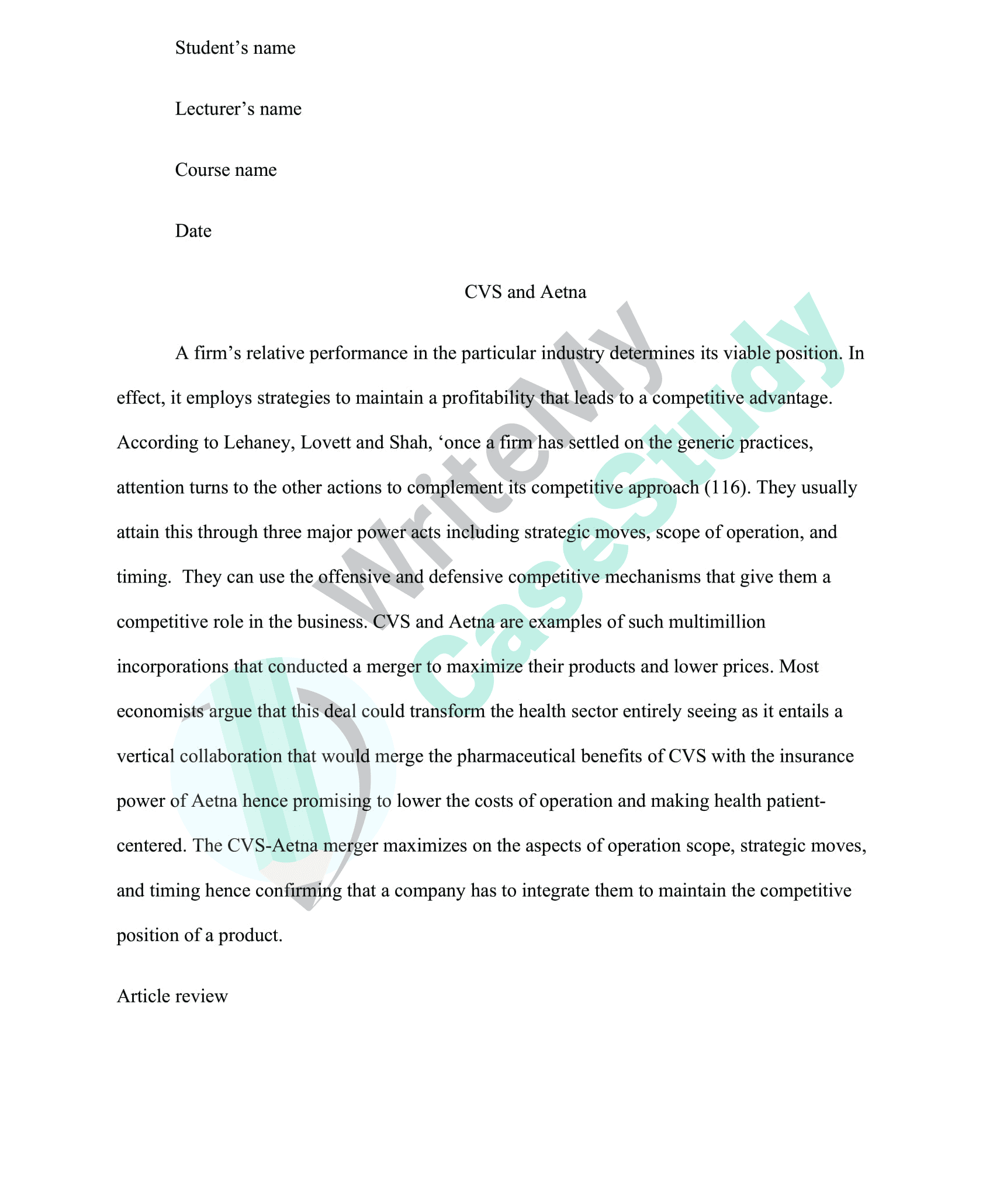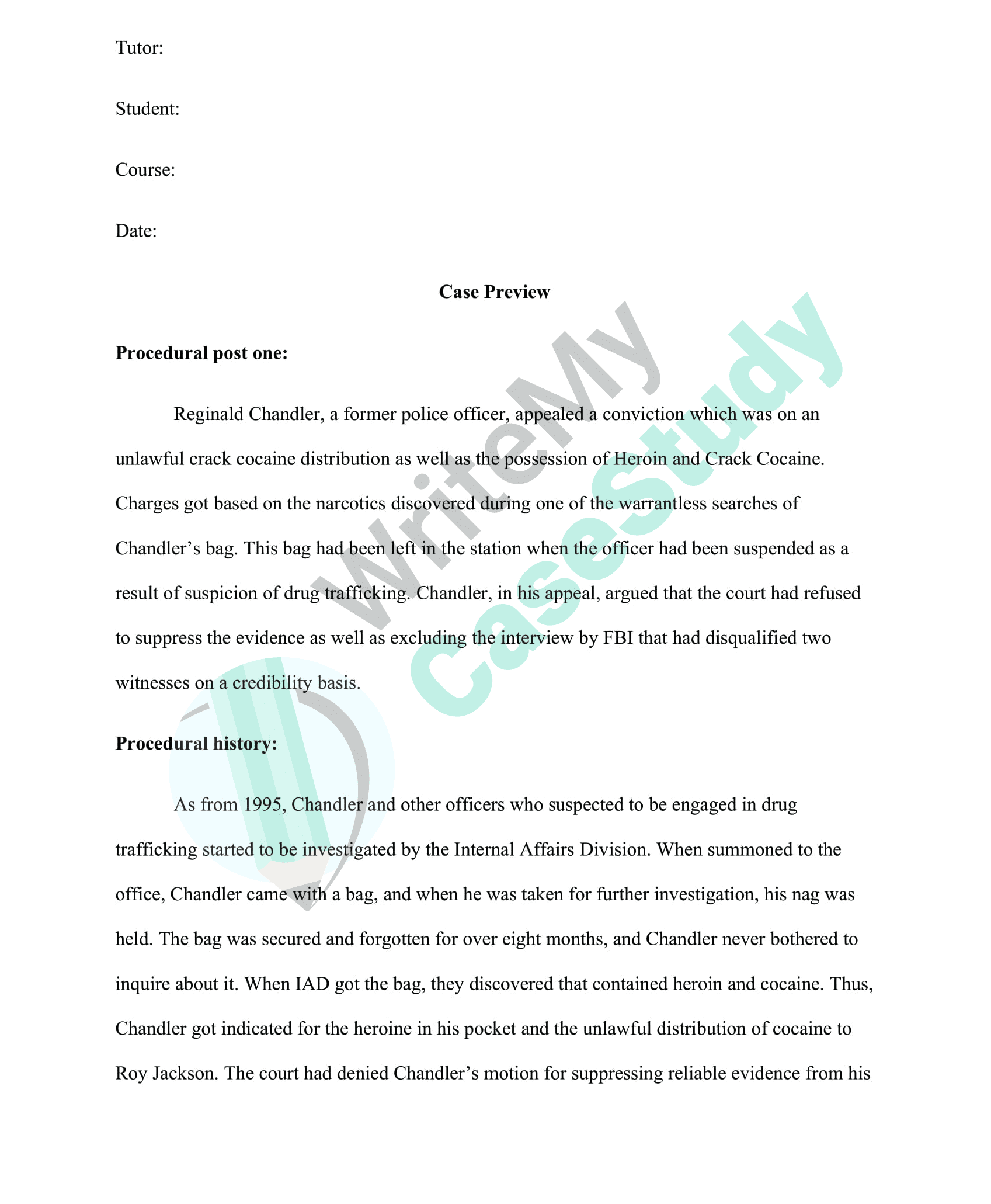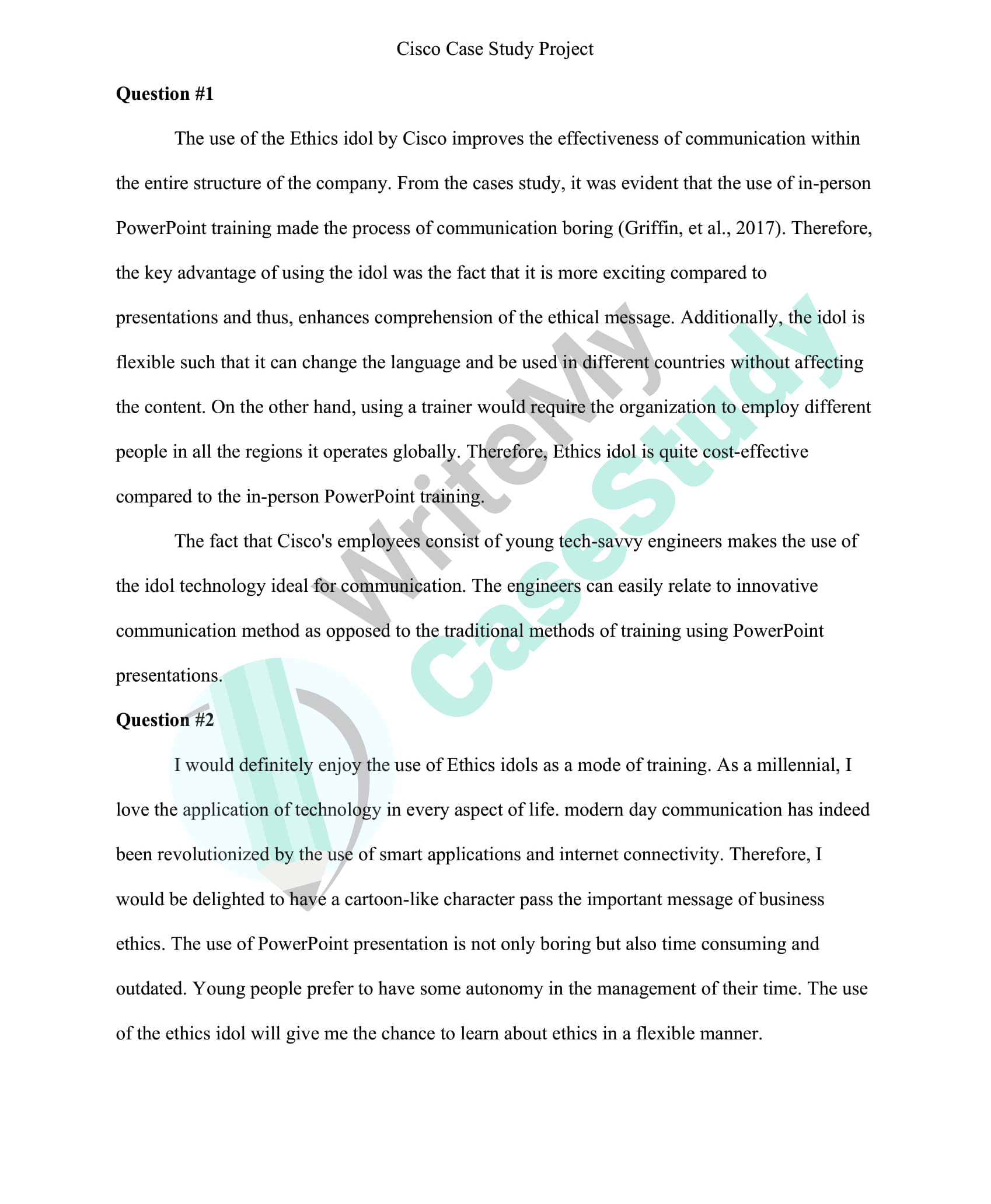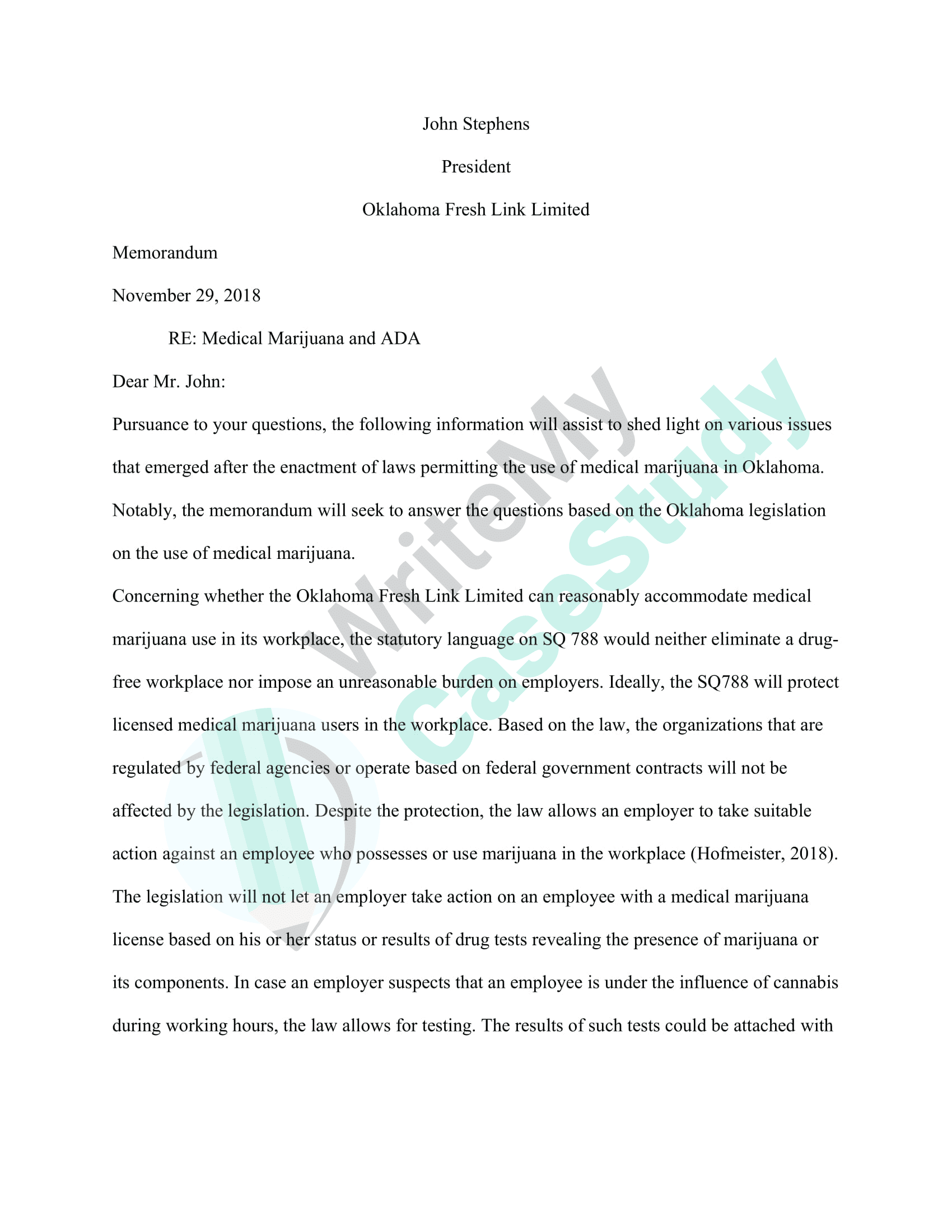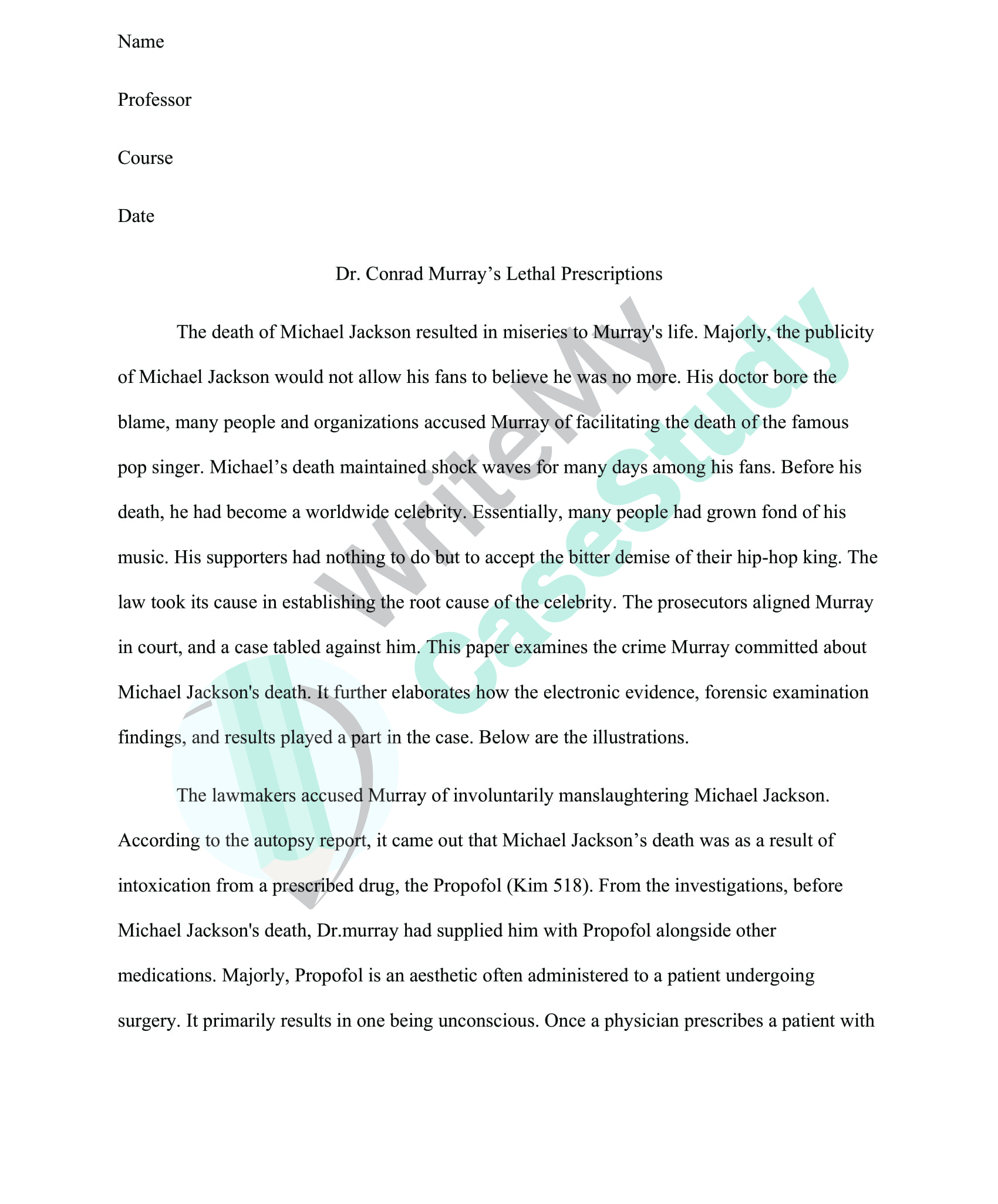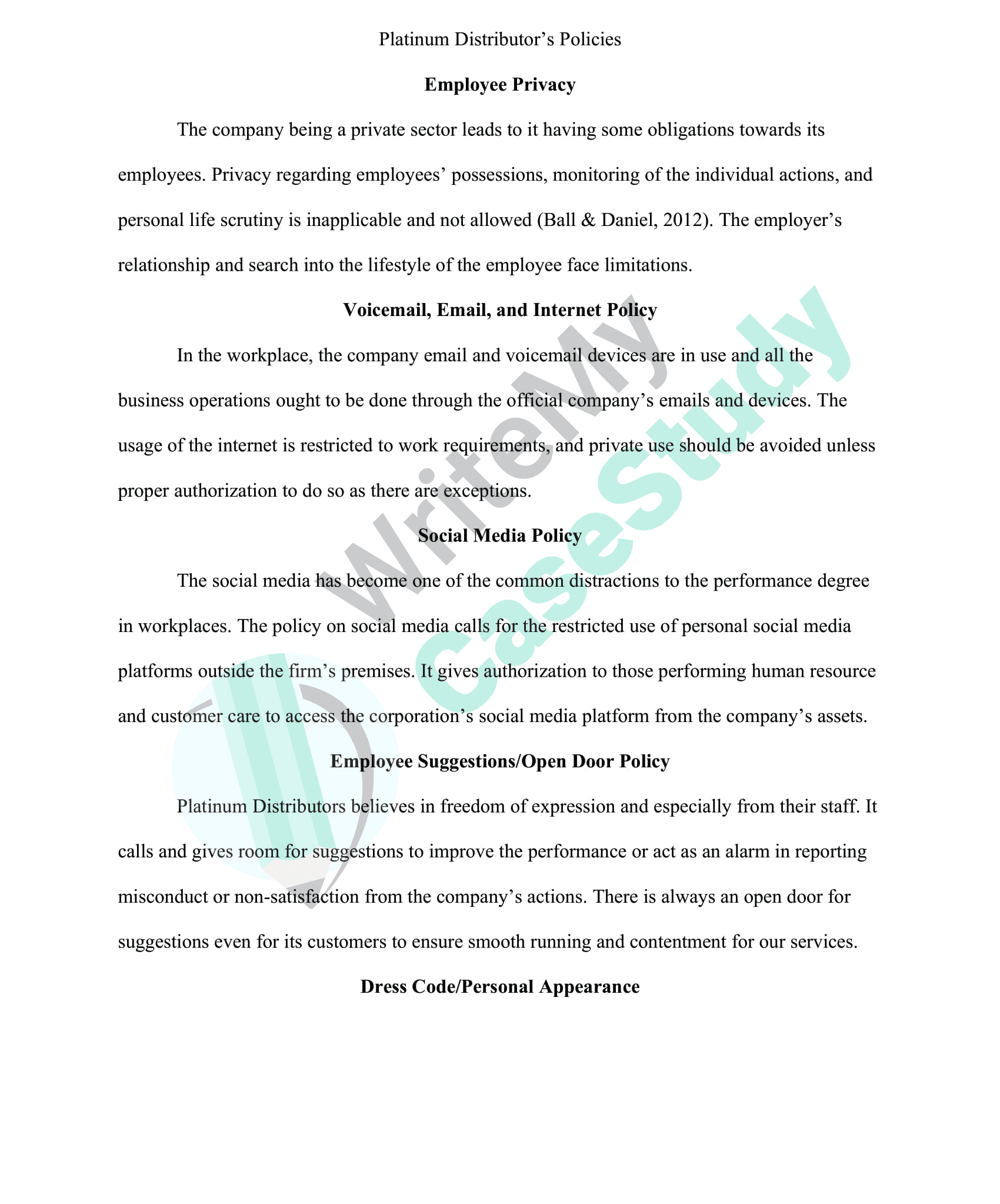How to Write a Case Study: Everything You Need to Know
The bunch of academic requirements, not knowing where to look for authentic sources, how to write a catchy introduction, and structure the information – a case study can lead any student to a dead end. Let’s relax! We have prepared an ultimate guide on how to write a case study from scratch and not go crazy. We’ll prove using our helpful tips, you can avoid common mistakes and turn your research paper into an exciting experience.
What Is A Case Study
For any student comes an X-day when scary words appear on the list of academic tasks – a case study. Even before you start performing it, you will detect many pitfalls. Be prepared for the fact that you will not find a single, clearly articulated case study definition. Some scientists define it as a methodology, others as a type of research.
In fact, the case study is at the intersection of these two concepts. As a rule, it has a very narrow focus and is built around a specific case. The research may be based on the clinical history of one or a group of patients, a judicial precedent, the success story of a global organization, and an innovative product or process. This methodology avoids over-generalizing data and deals with one single phenomenon/situation.
To summarize, a case study is a research format whose challenge is to provide a solution to an issue through an in-deep and detailed examination of the context/circumstances, describing cause-and-effect relationships, and identifying characteristic patterns. The research subject can be a person, a group of people, a company, a critical incident, or an event.
Another frequently asked question: How to choose the right topic for a case study? As an example, consider a case in virology. There is a problem: “Weakened immunity in people aged 50-55 who have recovered from coronavirus.” The task of the student is to highlight all aspects of this process, analyze the general patterns of the course of the disease in persons of the indicated age category, and present hypotheses.
As we can see, this study is representative. This means that on the basis of the case under consideration, general patterns characteristic of a group of people, a situation, or a process are fixed. It is worth noting that the structure of a case study also does not fall under universal rules. Its elements vary depending on the subject area, the object being studied, the rules of the educational institution, and additional materials. Therefore, it is essential to follow the instructions given by the professor.
How To Write A Case Study: Start With The Basics
The beginning is the hardest part of completing any assignment. You sit down inspired by the project, but after a couple of minutes, you realize that the enthusiasm has replaced a feeling of confusion: you do not have a clear idea of how to approach the task. Take a deep breath and exhale!
To prevent writing a case study from becoming an all-consuming dilemma, you must first devote enough time to preparing. By organizing your workflow correctly from the beginning, you can avoid procrastination and the desire to quit halfway through. When the stakes are high – the final grade is at stake, the publication of a paper in a scientific journal – no one wants to get stuck on an assignment halfway through.
In order not to get confused how to start a case study, follow our recommendations:
- Identify the issue. Choose a research subject, for example, it could be “Rise in teenage obesity in South America” for a nursing case or “The impact of targeted advertising on consumer behavior” for a marketing paper. There are a couple of critical aspects here: first – the case must be relevant; second – you must have a sincere interest in the topic.
- State the purpose of the study. Ask yourself what result you want to get. Understanding the goal serves as an excellent driver for generating new suggestions. Having a clear idea of the endpoint, you have something to build on at the start.
- Create a plan. This is the best thing you can do for yourself to make the task easier. Highlight 4-5 key points that you want to reveal in the project. Find as many sources as you can and keep them handy.
- Review the academic requirements. There is nothing worse than doing top-notch research but getting a low score because of not following the recommended rules for citing sources. Before starting the assignment, review the case study writing format, preferred data collection methods, and other instructions required for a particular discipline, module, or institution.
Remember, good preparation is half the battle. Having a “roadmap” with a clearly defined sequence of actions will not go astray as you analyze the case. Nothing too difficult. Now you are ready to move on with writing a case study!
Case Study Rubric
The good news is that paper grading criteria for different subject areas have a lot in common. The student must showcase a deep understanding of the topic, the ability to find and analyze reliable sources, and many other skills. Like it or not, it takes a lot of effort to write quality work worthy of an A rating.
The case study rubric includes 6-8 criteria that affect the overall score. This is a guide with clear instructions showing how many points each block is worth. This checklist gives an understanding of the aspects that the professor pays attention to when checking the work. Focus on this manual to have an insight into how to improve your work.
Want to get a high grade? You need to accurately identify the case, justify your point of view, show previous research without prejudice, and critically evaluate your assumptions. Yes, there is a lot of work to be done! A case study tends to be a long-ish piece of the process. Do not forget about the quality of the letter. The ability to express thoughts clearly, concisely, and grammatically correctly also affects the final grade. If you present a bunch of powerful arguments but make many spelling and punctuation mistakes, it reduces your chances of getting a perfect score.
Case Study Outline
A blank page always looks intimidating. The good news is that a draft is a great way to keep the stress out. Give up the goal of composing a perfect study from the first time. Give free rein to the flow of thoughts. Just write whatever comes to mind. Transferring ideas to paper (or keyboard) helps to cope with multi-component assignments.
Use the case study outline as a skeleton. Create the paper structure: conditionally divide the project into an introduction, body, and conclusion. Nail the key details down first, then take notes and expand them as you process the sources. Don’t forget to enlist the data you want to discuss or include in the appendices.
The advantage of a draft is that it gives impetus to the generation of insights. With a blueprint at handly, you will feel the weight lift off your shoulders and productivity skyrocketing. Time to brainstorm! It doesn’t have to be a formal outline. Try to create draft research in mind-map form. Since you see the full scope of the task, it will be easy to organize your workflow and not overlook the main things.
Types Of Case Studies
There is a false belief that any research can be adjusted to a general framework. If we compare cases in sociology and marketing, we can see that they are fundamentally different in format, method of revealing the phenomenon, methodology, and ultimate goals. The determining factor is the choice of the object of study, so some works are descriptive, others are representative.
Some students do not attach importance to the research category, considering it a formal thing. It is a big mistake. Types of case study did not appear from the air. They are grouped according to parameters that are relevant to a particular subject area. Use them as a starting point for building your strategy.
- Illustrative. This study is usually used in historical disciplines. Its task is to analyze in detail a certain event and draw parallels from today’s political, economic, or socio-cultural phenomena and draw lessons. Example: “Racism in the USA in the 30s of the 19th century.”
- Problem-oriented. This study aims to address real-life situations, such as “rising homelessness in Canada”, and “the impact of body positivity on adolescent eating habits”. The chosen issue is of interest to modern society. The main goal is to identify a set of patterns that lead to certain results.
- Exploratory. This case study acts as a foundation for a dissertation, term paper, or any other large-scale project. At the center of attention is a question that has many aspects. Example: “The Post-traumatic stress in people involved in combat.”
- Cumulative. The concept of this type is a comparative analysis of information obtained from various resources. Such sources include archival documents, physical artifacts, interviews, questionnaires, and industry scientific articles. The purpose of comparing previous studies is to determine the scope of the study of the problem and identify gaps.
The category of the study affects the case study format, so it’s important to understand what you’re dealing with right from the start. Some works look like a shortened version of a dissertation: they have separate chapters, sections, and notes. Other projects are visually no different from an essay, or a scientific article, and have a narrative character. Therefore, be guided by the rules of the area in which your research is located.
How Does Writing A Case Study Differ From Research Paper
There is a nuance that we cannot ignore. At first glance, it may seem that write a case study and research mean the same thing. This is a trap that most students fall into. Nothing worse than spending hours on a laptop and getting negative feedback from a professor at the finish line due to the mismatch of the work done with the original tasks.
Please note that case study writing has some peculiarities. Here, theory plays a secondary role, it acts only as a foundation for building new hypotheses, forecasts, and proposals. The utility is the cornerstone.
The case study writing format includes direct observation of the case in real-time. For example, when studying “The course of Alzheimer’s disease in the elderly,” a student can draw conclusions based on interviews with doctors, questionnaires from relatives, sociological experiments, and other evidence base. In this respect, this paper differs from a dissertation.
How To Write Case Study Assignment
It’s time for the main step! The secret to a successful case study is consistency. All blocks of research should be logically interconnected, increasing interest in the issue. So that your text does not turn into a blurry canvas, it is important to express thoughts clearly and remove weak abstracts.
As a rule, a case study includes 5-8 sections. Some studies suggest the presence of graphs, tables, comparative charts, and other supporting materials. They are placed in an appendices block.
We have analyzed hundreds of case study guides from leading universities. Thanks to many years of experience, we have compiled a structure of a case study suitable for various subject areas, after reviewing it, to get a general concept of the components that need to be presented in the paper.
Introduction
A weak problem formulated at the start can destroy the case study and nullify all the efforts made. Therefore, it is critical to pay due attention to case identification. This is a good starting point for building a strategy.
The key to composing a successful introduction is being specific. Keep it brief. Create a catchy thesis in 1-2 sentences, giving a holistic idea of the case. From the first lines, you necessarily convince the reader of the relevance and significance of the project. Remember, the issue must be the central thing in research. All subsequent paragraphs must revolve around the case, logically expand the question and connect all case research parts.
Background Information
This section should demonstrate the student’s depth of immersion in the topic. It’s about analyzing previous research. By examining existing publications, you get an idea of how others have viewed the case. This is a good starting point for building your own proposals.
The main task here is to place the case in context and set the stage for your research. Write an overview of persons who dealt with this issue and what results were obtained. But this should not look like a dry enumeration of works. Rate previous studies and point out any gaps. As a source of information, use scientific articles, educational materials, archival data, and dissertations.
Discussion
This block illustrates the student’s analytical abilities. It is critical to provide hands-on information here. Challenge existing perspectives through persuasive arguments. Describe your own proposals for solving the problem, emphasizing their novelty. Thinking critically about your own views: objectively outline the pros and cons of each thesis. Focus on a solution that can shed new light on the case.
Remember, a case study benefits if it has a comprehensive evidence base. Boost your research! The results of surveys, questionnaires and course materials are your trump cards. Use them to back up your claims.
Recommendations
The next step is a description of the actions to implement the above-said solutions. If insights look attractive but are challenging to implement, they lose their sense. Show the viability of your suggestions: offer scenarios for their implementation, and indicate the prospects and possible limitations.
Refuse overgeneralization. Note, a study focused on solving a specific case. Do not stuff the paper with empty sentences to fill the space on the page, and invest in the required amount of words. Clear presentation is your ally.
Conclusion
This block links together all parts of the case study: from the problem identification to its solution. Summarize the key points: briefly describe the case, and argue the uniqueness and significance of your research in the context of other publications.
How do you know you have written compelling conclusions? There is an excellent hack. Having read only this block, the reader should grasp the essence of the whole project. This is the best indicator that you did everything right.
Notice to know! You can enter the query on how to write case study assignment in the search engine or ask this question in various forums, communities, and thematic blogs. We are sure that you will receive many answers, but with a high probability, they will not match the professor’s expectations. The titles and order of the sections presented in this article may also differ from the university guidelines.
Case Study Tips To Help You
We understand that university is not your whole life. In addition to academic assignments, there are many other things. Let’s be honest, every student wonders how to make a case in a few days and not go crazy. We bet you thought about it too.
Composing a study is a long-ish and tedious process that requires concentration, willpower, and dedication. Procrastination, burnout, and the desire to fall through the ground are difficult to cope with without these three components. Get a lifeline! We have collected life hacks that will help you complete the task, impress the professor and get the highest grade.
Here, there are practical tips for writing a case study:
- Don’t try to cover too much in the topic. The biggest mistake a student can make is to choose a super-length question that qualifies for a 100-page doctoral dissertation. The desire to cover everything immediately with a high probability leads to a dead end. As a result, you end up with a mile-wide study that does not meet the requirements of an assignment. Focus on a case. This is the scenario when doing less but better is better than doing more but aimlessly.
- “Start with the tail, not the head.” Many people make the mistake of starting to write a study with the most difficult part – the introduction. Keep in mind that it is not necessary to follow the order of the sections in which they appear in the final document. It is much easier to formulate an introduction after working through the discussion, literature review, and conclusions.
- Use the power of storytelling. It sounds counterintuitive, but presenting research as a story is a winning scenario. This format looks fresh and catchy. But don’t forget that this is an academic paper: don’t use slang or ambiguous words.
- Don’t forget about editing. Writing a good case study is impossible to imagine without proofreading and polishing. Give the finished text a little “rest” – close the laptop, switch your attention to other things, and pause. With a fresh look, you are able to reveal typos, grammatical errors, semantic inaccuracies, and unnecessary sentences.
Last but not least, keep this list of case study tips handy so you don’t get stuck halfway through. If you do not have time or if something went wrong, you can always contact our company to buy case study online. We specialize in writing academic papers of any complexity. We are like fish in water here. Just fill out the order form, and we will do the rest. Good luck!
